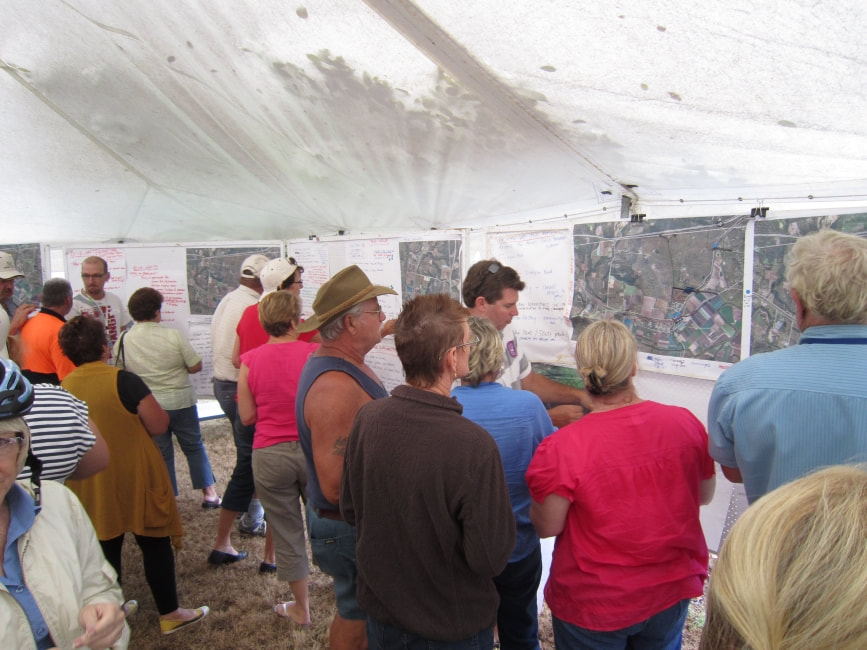By claire-louise vermande
Following the deadly Queensland floods in 2011, where an “inland tsunami” formed to all but destroy the small town of Grantham, it was decided within a matter of weeks that the town would be relocated to higher ground to ensure the safety of its residents. The managed retreat of any town is a complex operation, but the Strengthening Grantham Project not only proved to be successful but was completed in record time, with the first home ready only 11 months after the flood event. The success of the project can be attributed to many factors, from the short timeline to the Australian first land-swap initiative. However, it was the involvement of the community that ensured the project had the greatest chance of succeeding.
Regular community meetings were set up from the start of the project. Different types of meetings were used to achieve different goals, including:
"you can’t drill down into the detail, if you try to you’re going to get killed"
"We took every opportunity to explain our vision and what we were doing. Other than the master planning workshops, where we had dedicated a lot of time to the community, we were touching base with residents regularly but just for five minutes here and there to say this was where we were at,” says Jamie Simmonds, former director of the Strengthening Grantham Project.
“That became really important because when you’re dealing with a disaster affected community sometimes speaking to everyone at once seems like a really good idea to spread the message but in reality it doesn’t work that way. The only thing you can really do in a group setting is to introduce or confirm a concept, you can’t drill down into the detail and if you try to you’re going to get killed,” Jamie says. Group Community Meetings Objectives:
"The only way you can drill down into the detail and talk about individual needs is on an indiviual level. Most of the real value we had with the community was at that individual level."
The nature of the large community meetings meant that individuals weren't afforded an opportunity to speak. To ensure that all residents were able to have their say, one on one meetings with case managers, led by Narelle Poole, were held often. By not solely relying on the group meetings, case managers were also able to deliver information about the relocation on an individual level and these engagements often provided further valuable feedback.
Speaking to Individuals Achieved the Following:
"If we hadn’t been there to help them at an individual level they wouldn’t have been able to do the land-swap. They probably would have either rebuilt in the flood plain or they would have walked away. That was a big part of the land-swap, it wasn’t just offering them an option, it was helping them take up the option. That was where Narelle and the case managers really helped," says Jamie.
2 Comments
|
Archives
May 2020
|
Proudly powered by Weebly

 RSS Feed
RSS Feed